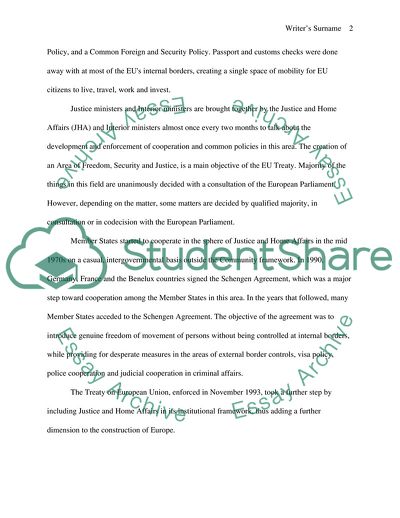Cite this document
(Justice and Home Affairs Case Study Example | Topics and Well Written Essays - 2250 words, n.d.)
Justice and Home Affairs Case Study Example | Topics and Well Written Essays - 2250 words. Retrieved from https://studentshare.org/law/1703594-why-has-justice-and-home-affairs-risen-to-such-prominance-in-the-eu-since-its-inception-in-1993
Justice and Home Affairs Case Study Example | Topics and Well Written Essays - 2250 words. Retrieved from https://studentshare.org/law/1703594-why-has-justice-and-home-affairs-risen-to-such-prominance-in-the-eu-since-its-inception-in-1993
(Justice and Home Affairs Case Study Example | Topics and Well Written Essays - 2250 Words)
Justice and Home Affairs Case Study Example | Topics and Well Written Essays - 2250 Words. https://studentshare.org/law/1703594-why-has-justice-and-home-affairs-risen-to-such-prominance-in-the-eu-since-its-inception-in-1993.
Justice and Home Affairs Case Study Example | Topics and Well Written Essays - 2250 Words. https://studentshare.org/law/1703594-why-has-justice-and-home-affairs-risen-to-such-prominance-in-the-eu-since-its-inception-in-1993.
“Justice and Home Affairs Case Study Example | Topics and Well Written Essays - 2250 Words”. https://studentshare.org/law/1703594-why-has-justice-and-home-affairs-risen-to-such-prominance-in-the-eu-since-its-inception-in-1993.


